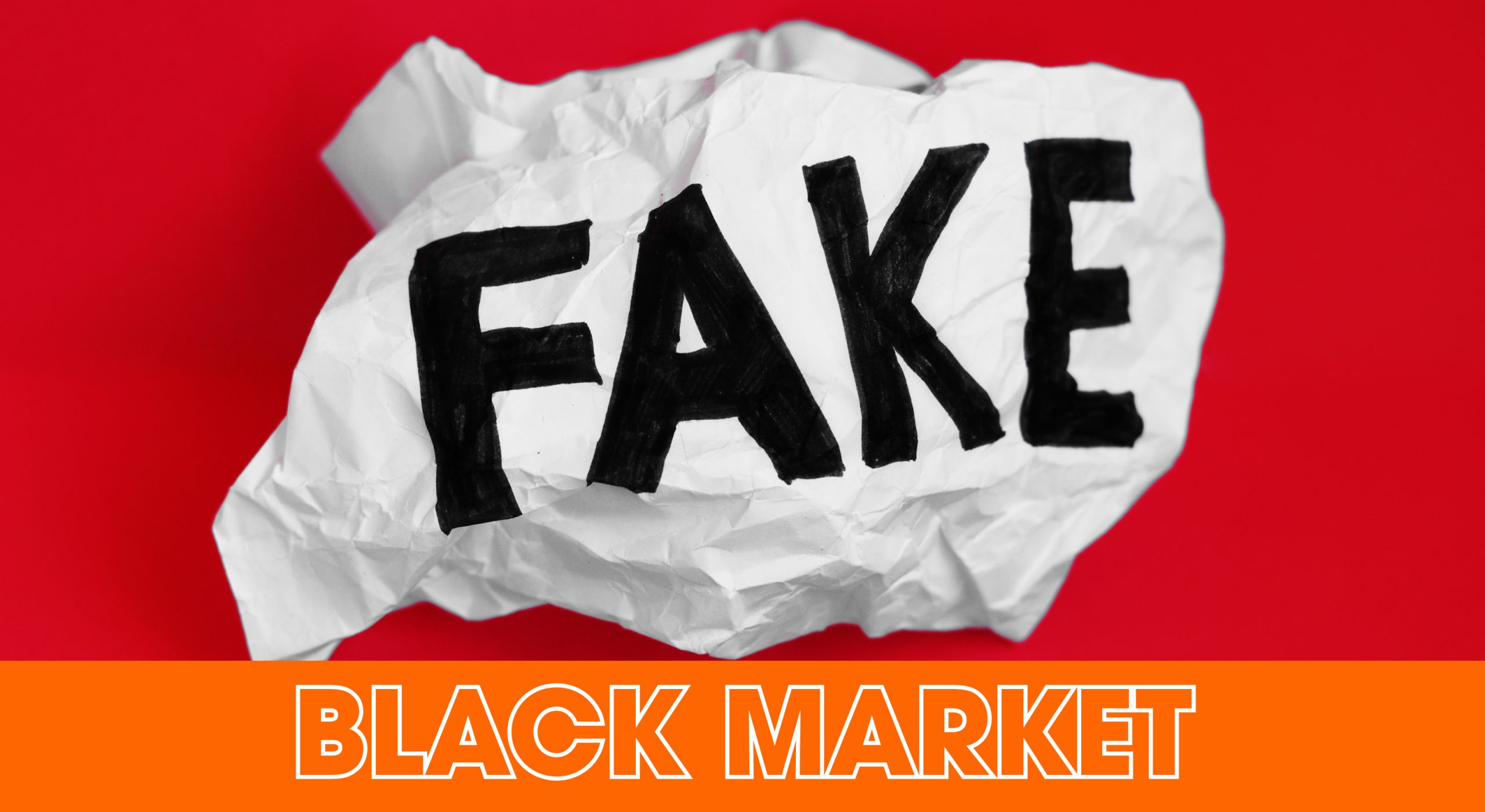Another week, another full plate of hot Amazon news. Today, we’ll be sharing some must-knows to help protect and manage your FBA business:
- How fake review scams work ✍️
- Why you’re not selling well on Amazon 📉
- Ecommerce sales dip ⬇️
- Returns handling hacks📦

POST OF THE WEEK


BLACK MARKET
Believe it or not, 43% of the reviews for best-selling products on Amazon were fake. According to The Sun, some customers are paid to give fraudulent feedback to boost product ratings. Shocking, right?
🕵️♂️ To better protect your business from the dangers of fake reviews, here’s how the scam works:
- Via the actual order process: When shipping out products, some sellers include a note to the customers offering them an incentive when they leave a positive review.
- Via social media: Other sellers reach out to individuals through social media platforms like Facebook. Then, they send them products and offer full refunds, gift cards, or even direct cash payments in exchange for positive feedback.
What is Amazon doing about this?
To combat this illicit activity, the retail giant launched an automated process to remove reviews from buyers who violate its policies. They also filed lawsuits against fake review brokers across the U.S., China, and Europe.
Despite these efforts, the battle against fake reviews continues. As such, Amazon and Meta ask customers to report any suspicious activity to keep the marketplace safe and trustworthy.
🫵 Should you participate in getting fake reviews?
Beyond the risk of account suspension, fake reviews can do irreparable damage to your reputation. Paying for fake reviews might seem tempting, but it's not worth it in the long run. Instead, focus on selling high-quality products and giving customers a genuine experience to grow your business.

TOGETHER WITH SELLER INTERACTIVE
Why you’re not selling well on Amazon
So, you have a great product. You've branded it well enough to have a good advantage over your competitors, but you're still not getting the sales you've always aimed for.
What gives?
Well, are you handling your seller account well?
Take a closer look at how you're managing your seller account. Having a great product isn’t enough to stand out in the fierce Amazon competition—you have to sell it right. 🫴
Here are other reasons why you’re not getting the sales you want:
- Unhealthy seller account: Maintaining a healthy Amazon Seller Central account is a must to increase your sales and grow your business. You may be overlooking issues (returns, refunds, product listings, fulfillment, shipping times, etc.), and it might be hard to pinpoint what went wrong.
- Product listing problems: Your listings might not have been set up properly. For instance, you might not be using the right keywords or following the guidelines to boost your search rankings.
- Unprotected products: Others could be hijacking your products. To better protect your business, you can register your brand on Amazon, which requires considerable time and effort.
Yep, it takes a lot of guts, patience, knowledge, and strategy to sell on the platform. But the good news is you don't have to do it alone.
🧑🏫 Let a professional handle your account.
Seller Interactive has helped thousands of sellers go from surviving to thriving on Amazon. They've assisted new sellers in setting up their Seller Central accounts, optimizing listings through SEO and proper listing management, launching new products, and enrolling in Brand Registry.
Book a 30-minute call today and see how Seller Interactive can help you reach your utmost potential on Amazon! ☎️

BITES OF THE WEEK
- Return or Bust: Did you know you can now request reimbursement if buyers fail to return items?
- Visitor Overload: Amazon averaged around 300 million daily visits in 2023.
- Mobile Movement: Apps and seamless mobile payments are responsible for mobile commerce’s (m-commerce) steady growth.
- Seller Refresher: If you’re wondering if buying barcodes is necessary, here's the answer.

TRENDING TOPIC
Ecommerce sales dipped by 7% last January—what should you do to boost yours?
Has Halloween been moved to January? Retail Week reported that online sales in the first month of 2024 dropped by 7% compared to last year, giving ecommerce a spooky vibe. 🎃
ICYDK, this drop is the second-largest since December 2022, when strikes by Royal Mail caused problems. It seems like the online shopping craze from the pandemic is tapering off, as experts anticipate that:
- The ecommerce industry will have 0% YoY growth this year, compared to last year.
- Even payday cannot bring the usual spending splurge. Online sales saw a 9.4% dip compared to last year's 11.1%, suggesting that wallets are staying shut tighter than before.
What's happening?
Andy Mulcahy of IMRG points out that while ecommerce was once the golden child of retail, its growth has been tapering off since around 2019. And with economic woes and shifting consumer demand, it's feeling the pinch just like its brick-and-mortar counterparts.
But hey, it's not all doom and gloom.
Mulcahy suggests that advancements in technology, particularly AI, could be the saving grace for ecommerce. With smarter personalization and better user experiences on the horizon, there's still hope for a turnaround.
👀 So, keep your eyes peeled for innovative tech solutions like voice, augmented reality (AR), and metaverse to breathe new life into the digital shopping experience.

ACTIONABLE ADVICE
5 hacks to simplify returns handling
Returns may be part of the retail experience, but it doesn’t make them any less of a hassle. In fact, they add to sellers’ headaches due to various challenges like:
- Return fraud
- Time-consuming reintegration of return inventory
- High processing costs
- Refund delays
- Returns policy confusion
💡 Fortunately, you can streamline your return handling process by doing the 5 simple steps outlined by The Good Men Project:
- Provide a clear returns policy. Make sure to define the acceptable conditions and time frame for returns. You can also include a how-to guide and return fees, if any.
- Implement a return authorization system to easily track eligible returns before they’re received and refunded. This way, you can prevent return fraud and ensure that the returned items can still be resold.
- Automate what you can—be it the approval of returns and/or the issuance of refunds. Amazon allows you to auto-approve return requests, which will then trigger an immediate refunding process.
- Include return packaging and labels in every order. This ensures items will be returned in good condition.
- Create a return workflow. You can use a simple sequence of receiving, inspecting, and restocking/recycling the returned products. Doing so will avoid messing up your inventory management. Pro tip: Keep a designated area for returns to avoid mixing them with your regular orders.
Have you tried any of these strategies? Feel free to share how it worked out for you by replying to this email! 📳








